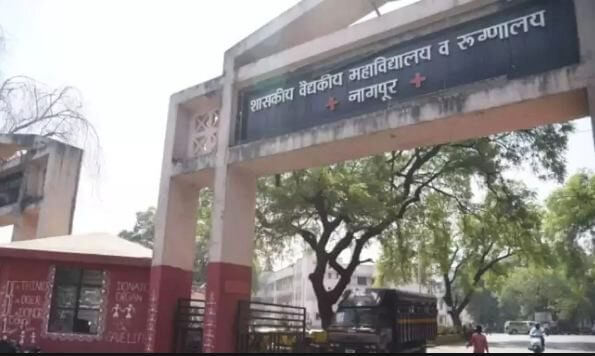As monsoon rain batters Nagpur, two of the city’s biggest government hospitals—Mayo Hospital (IGGMCH) and Government Medical College and Hospital (GMCH)—are drowning, not just in water, but in neglect, filth, and systemic failure.
At Mayo, flooded roads, slippery corridors, choked drains, and uncollected biomedical waste turned the hospital into a biohazard zone. Amid ongoing construction, rainwater leaked straight into the newly built administrative block. The exposed sixth floor—left open for expansion—allowed water to seep inside unchecked.
While core services like the OT and OPD remained functional, garbage bags containing medical waste were left rotting outside, as garbage trucks failed to reach through flooded roads. Rain mixed with biomedical waste posed a public health disaster in waiting.
Behind the boys’ hostel, years of inaction have turned stagnant water into a mosquito breeding ground. A ₹50 lakh drainage tender is still “pending,” while mosquitoes multiply and residents suffer.
Over at GMCH, the story is the same: blocked drains, waterlogged hostels, and an exploding mosquito menace. Junior doctors are already reporting fever symptoms, sparking fears of a dengue and malaria outbreak.
Nagpur’s hospitals are on life support—and not because of patient load. It’s collapsing infrastructure, bureaucratic delays, and civic apathy that’s suffocating them.
As one doctor put it bluntly:
“We’re healing patients inside, while the hospital itself is rotting outside.”
If this isn’t a red alert, what is?
👉 Click here to read the latest Gujarat news on TheLiveAhmedabad.com



